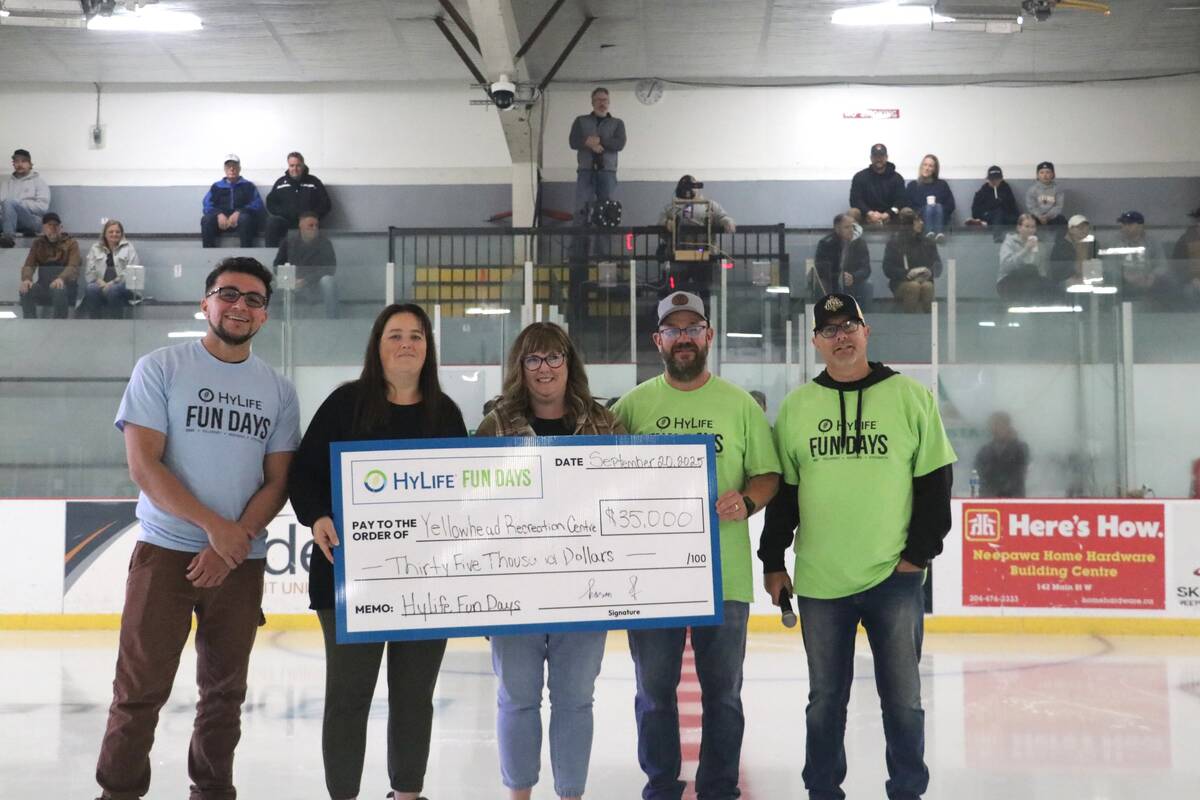WASHINGTON, D.C. (Reuters) — U.S. president Barack Obama has proposed reducing the most expensive part of the U.S. farm safety net by cutting the subsidy to farmers for buying crop insurance.
The government now pays 62 cents of every $1 of insurance premium. Farmers collected a record $16.2 billion in payments on 2012 crops, chiefly due to drought. They paid $4 billion for the policies and the government added $7 billion.
Obama recently proposed a reduction of three percentage points in the federal subsidy for policies with higher levels of coverage, which are the most popular policies, and a reduction of two points in the subsidy to buy harvest price policies, which pay more if commodity prices go up during the year.
Read Also

Manitoba community projects get support from HyLife
HyLife Fun Days 2025 donated $35,000 each to recreation and housing projects in Killarney, Steinach and Neepawa earlier this fall.
Farm income is forecast at record levels, said the White House, so it is time to adjust farm supports.
As part of that, it proposed eliminating the $5 billion a year “direct payment” subsidy that is paid re-gardless of need.
Obama said the government should also pay less of the administrative cost for the privately run system, and insurers should be held to a “reasonable rate of return” on crop insurance, forecast to cost $9 billion a year.
Roughly $1 billion a year would be saved under the administration’s proposal.
Leaders of the House and Senate agriculture committees oppose major changes in the federally subsidized crop insurance system.
“We need to make sure it is affordable to farmers,” Senate agriculture chair Debbie Stabenow said.
Last year, the Senate voted to re-duce the premium subsidy for farmers with more than $750,000 a year in adjusted gross income and to require farmers to practice soil conservation to qualify for subsidized insurance. The House farm bill omitted those reforms.














